1. We measure force using force meters: Spring Balance.
1.1. Compression spring balance.
1.1.1. The spring gets compressed when a force acts upon it.
1.2. Extension spring balance.
1.2.1. The string stretches a force pulls on it. The greater the force, the more the spring stretches.
2. S1 unit area for pressure: Pascal (Pa)
3. Formula for calculating pressure: Force divided by area.
4. To increase pressure.
4.1. on a solid, pus harder onto it.
4.2. on a liquid, push harder onto it.
4.3. on a gas, either increase the amount of gas, the temperature, or decrease the volume of the container.
5. To decrease pressure.
5.1. Decrease the amount of force applied to the object.
5.2. Increase the area.
6. 1Pa = 1N/m2
7. Different types of forces
7.1. Frictional force
7.1.1. Created whenever 2 surfaces move or try to move across each other.
7.1.2. Opposes motion
7.1.3. Depends on the texture of both surfaces, and on the amount of contact force pushing the 2 surfaces together.
7.1.4. Reduced by oil, grease.
7.1.5. Can be useful or harmful
7.1.5.1. Harmful: when 2 rough surfaces rub each other, the friction is great and friction produces heat, so there is a large amount of heat produced and a fire or explosion may start.
7.1.5.2. Useful: Intentionally apply frictional force to make transportation safer and more controllable.
7.2. Magnetic Force
7.2.1. Highest at 2 ends of the magnet.
7.2.2. Causes attraction and repulsion; like poles repel and unlike poles attract.
7.2.3. Non-metallic materials are not magnetic materials.
7.2.4. Some of the metallic materials are magnetic but some are not.
7.2.4.1. Magnetic: Steel, Iron, Nickel, Cobalt
7.2.4.2. Non-magnetic: aluminium, copper
7.3. Gravitational force
7.3.1. Not a force of contact
7.3.2. Is the force of attraction between all masses in the universe
7.3.3. Any object on the Earth/ close to the Earth will experience gravitational force
7.3.4. The gravitational force on the Earth is the force the Earth exerts on you.
7.3.5. Can be good or bad
7.3.5.1. Good: It keeps us on the ground
7.3.5.2. If there is a hole, we would fall into it.
